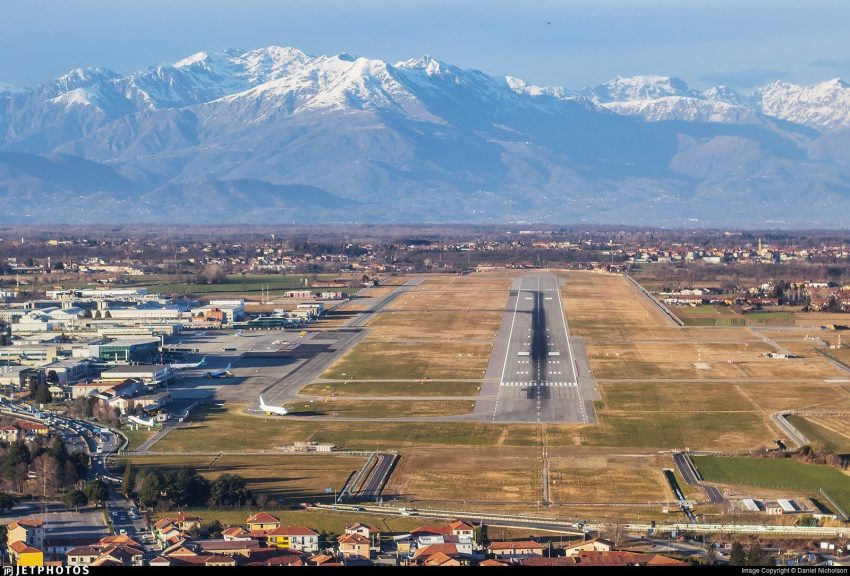Airport CDM as a baseline
Airport-Collaborative Decision Making (A-CDM) is a EUROCONTROL concept for airport stakeholder collaboration that is now very well established across Europe and the world. Time and again in the past 13 years, the concept has demonstrated its benefits in terms of air traffic delay reduction, predictability, resource planning optimisation, efficient handling of disruptive situations, quality of shared operational data, as well as fuel consumption > NOx reduction in such a convincing way that it no longer needs to be presented.
If we all acknowledge the advantages of implementing A-CDM at airports, we also usually see it as a solution for major airports. But what about A-CDM for smaller, regional airports? A full A-CDM project scope might be overkill for a regional airport as quite a few showstoppers can be identified; A-CDM requires significant IT investments to generate, share & visualise data and regional airports might lack tools and/or business intelligence skills for performance measurement. In addition, the project implementation lead times to facilitate the business process change process can be too long. As such, implementing full A-CDM at regionals involves expensive project management that may be incompatible with the characteristics typical of regional airports, e.g. a rapidly changing operational environment or business priorities.
Yet, why still consider A-CDM for regional airports?
There are parts of the A-CDM system that can offer a lot to regional airports because, besides the challenges mentioned above, regionals are no different from the big hubs in their attempts to run more efficient and cost-conscious airside operations, enhance operational collaboration with their stakeholder community on site, measure their operational performance to improve their processes or even strive for more operational resilience during disruptions.
In recent years, EUROCONTROL introduced the Advanced ATC Tower Concept as an alternative for full A-CDM implementation. However, whilst establishing a crucial link with the network through this solution, Advanced Tower airports do not reap even part of the efficiency benefits they would gain from full A-CDM deployment. This is why, for the last few years, a ‘simplified’ concept has been studied at EUROCONTROL through SESAR trials that would offer the benefits of A-CDM for regional airports, without the complexity of delivering the full picture, yet more developed than Advanced ATC-Tower.
Now more than ever in these tough times for the airport industry, further network integration of airports is a key success factor to prepare for future capacity management. With the willingness of EUROCONTROL to support this integration, A-CDM for regional airports has become an essential solution to meet this objective and is actively being studied across the industry.
An operational efficiency approach for smaller airports
To select ‘the best of A-CDM’ in order to become a suitable concept for regional airports, it should respect some basic principles. To start with, the solution should be grounded in the principles of the accredited EUROCONTROL Concept Elements for A-CDM implementation. Next, it should be tailored to a maximum to the specific business model and the priorities of a regional airport, guarantee low impact on existing business processes and strive for the management by exception principle. CAPEX should be avoided as much as possible by tapping into the existing IT architecture and offering modular, subscription-based services. The airport should consider the use of ADS-B data when the airport cannot generate crucial data and it should offer an initial basic operational performance monitoring function to facilitate process improvement.
Who should look into this new concept?
Basically, any airport that considers full A-CDM to be too ambitious for its size and objectives is eligible to implement the concept, regardless of their business model, nature of traffic types and traffic volumes. Additionally, regional airports should not be deprived of the ‘network benefit’, simply because of budget limitations. Therefore, a more cost-efficient alternative to full A-CDM should enable the regionals to take advantage of information exchange with the Network Manager. Eventually, this leads to more stable and predictable operations and departures with less ATC delay.
So, when to start?
Why not now? It is time to take a step forward and start implementing this promising concept.
Following the trends of EUROCONTROL, relying on our track record of A-CDM projects at large and complex airports and backed by the technical expertise from our technology partner AerLabs, we are developing a solution for an A-CDM alternative for regional airports. It is based on a model that is actually already up-and-running in the cloud for one of our Australian clients and can be scaled up to track the accredited EUROCONTROL A-CDM milestones, run an optional basic departure sequencing algorithm, operate in Europe’s network environment and comply with the latest requirement for network data exchange data exchange protocols.
We are getting ready to enhance the efficiency of your airside operations. What about you?


The investment is more than worth it! To make the full network more effective and efficient, opening new business potential for all stakeholders! A must do.
Indeed, Arie. And during our conversations with regional airports, we were surprised about the level of ambition of many to increase operational efficiency and situational awareness of their airside processes. It’s a win-win!